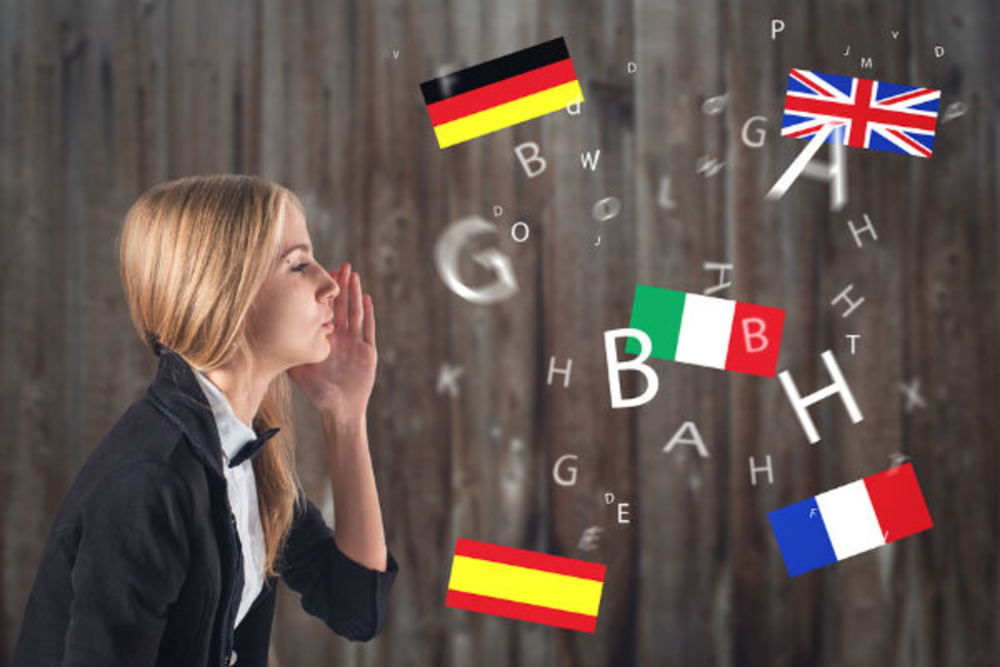“Beware of Google Translate.”
I first received these words of wisdom from a parent who, like me, has children enrolled in the Austin Independent School District’s (AISD’s) Dual Language (DL) Program. And four years into supporting two elementary-school-aged DL kids, I find that advice to be on the money—not just for me, but also for marketers translating content into other languages
The problem with Google Translate is that it’s incredibly accurate. I’m always amazed when I type English words into the left-hand textbox and immediately see the Spanish “equivalent” materialize in the box next door.
But word-for-word conversions are only one aspect (and not necessarily the most important one) of the DL methodology that we practice with our children, their fellow students, their teachers, our fellow parents, the school itself, and a thriving DL community in Austin. By treating communications with English-language-learning students and parents as a matter of mere word-for-word translation, I would be missing out on so much of the context, culture, and nuance that enriches and deepens our cross-language conversations and community.
For example, consider this translation: “My goodness, I don’t know what it is with America and these two-hour ‘playdates.’ When we play with friends in Mexico, we stay together all day long.” These sentences didn’t come from Google Translate, but from Brittany—a friend of our eight-year-old, Mary, and one of several English-learners to have mastered two languages by the time they were halfway through kindergarten. Brittany’s candor helped my wife and me understand the confusion on Brittany’s mom’s face when we discussed (haltingly but gamely, in Spanish and English) pickup times. We never would have had Brittany over if my wife hadn’t mustered the courage to speak her imperfect Spanish to Brittany’s mom, if Brittany’s mom hadn’t mustered the courage to speak in English, and if her teenage daughter hadn’t translated for all of us.
Courage, mistakes, cultural context, and disjointed (yet well-intentioned) conversations are vital translation aids. Of course, these tools are hard sells for content marketers racing to get their articles, blogs, texts, and messages translated into more languages without making any embarrassing (and costly) errors. Besides, powerfully accurate translation technology (beyond Google Translate) exists.
But content marketers should slow down and think before they use translation technology.
“One of the biggest translation pitfalls that should be avoided is neglecting quality,” notes Nataly Kelly, VP of marketing at translation technology company Smartling. “In a rush to get content translated quickly and cost-effectively, some organizations neglect the quality and accuracy of the content [that] they’re delivering.” She also describes human translation as “always the best option to ensure high-quality multilingual content that will best represent your company’s brand and show your global customers that they matter.”
Kelly is not underselling. She advocates the wise use of translation technology while also encouraging content marketers to take translation seriously and thoughtfully. Given the increasingly global nature of business and swiftly changing domestic demographics, “wise” use is likely to translate to “heavy” use.
Computer-driven translation can do wonders (as I can attest to), so long as it’s paired with human translation. “Long gone are the days of traditional, manual translation with hundreds of spreadsheets of content in need of translation and endless back and forth with translators,” Kelly adds. “Today content marketers can have the best of both worlds: high-quality, accurate human translations paired with translation process automation that enables companies to deliver multilingual content in weeks rather than months or years.”
If I were to translate Kelly’s comments even further, I would say that the two most important phrases for content marketers are “high-quality” and “paired.”







